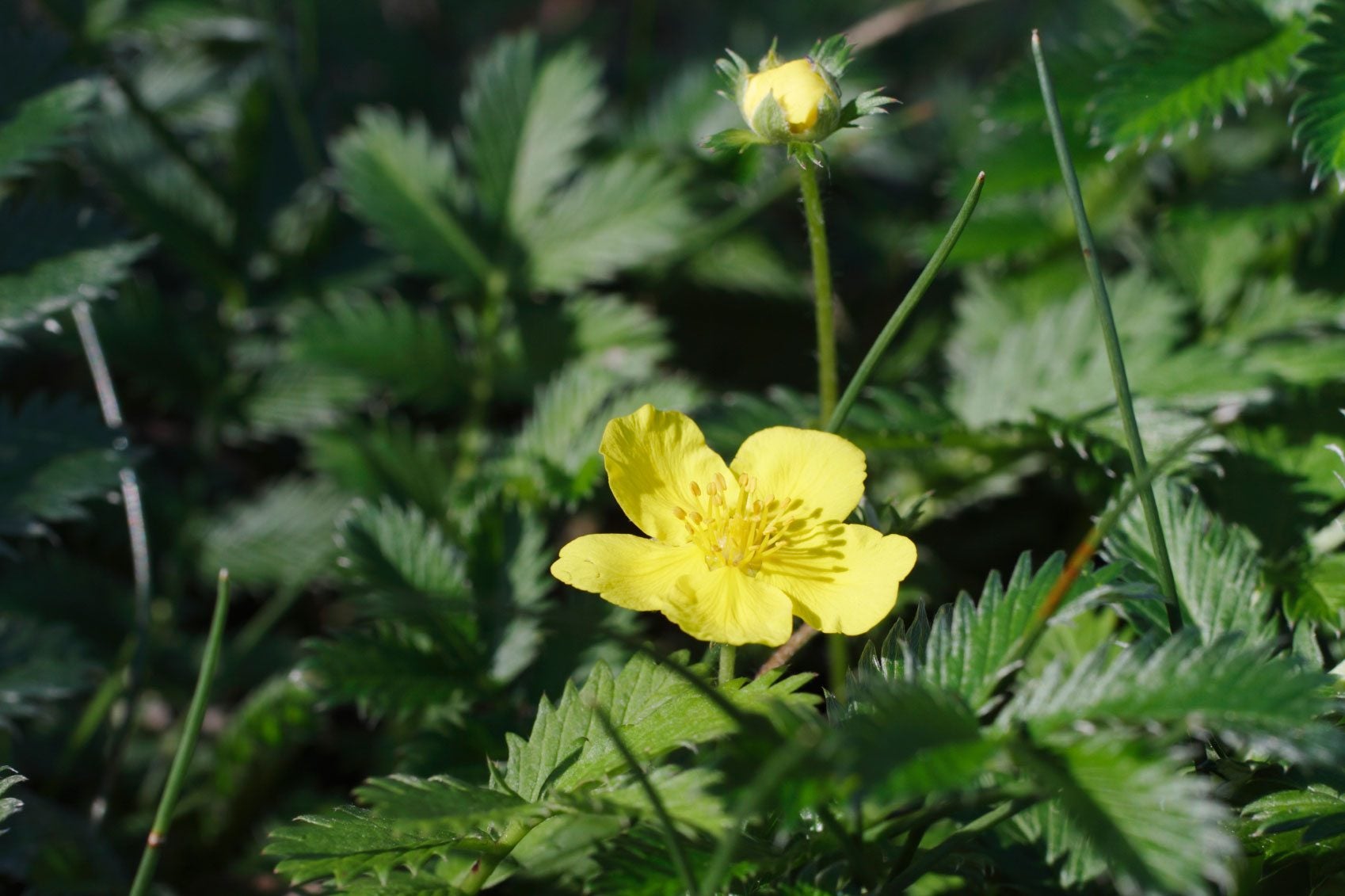Cinquefoil Weed Control: Tips For Controlling Cinquefoil Weeds


Cinquefoil (Potentilla spp) is similar in appearance to strawberries; however, this weed isn't as well-behaved as its domestic cousin. You can tell the difference between the two by looking at the leaves; strawberry leaves have only three leaflets, while each cinquefoil leaf displays five leaflets. If you determine the bothersome plant is indeed cinquefoil, you have a difficult problem on your hands. Attack the unwanted visitors as soon as possible. Controlling cinquefoil weeds is easiest while the plants are young - before they get a foothold in your garden.
How to Get Rid of Cinquefoil Weeds Organically
Control of cinquefoil requires dedication, as the plant grows from long, persistent taproots. Pulling is a good solution if you don't have a huge number of plants. Watering the area a day or two ahead makes weed pulling more effective because the weeds are easier to pull and you are more likely to get the entire taproot. The plant will regrow if you are unable to remove every bit of the taproot. You may be able to make headway with a dandelion weeder, but if the roots are large and well-developed, it may be necessary to use a shovel or garden fork to remove every piece. Mowing isn't a good solution for controlling cinquefoil weeds because mowing stimulates growth of the roots and forces the plant to spread.
Cinquefoil Weed Control with Herbicides
Herbicides are always a last resort. Drift of spray herbicides can kill neighboring, untargeted plants, and as the chemicals seep into the soil, the runoff often ends up in waterways and drinking water. If you decide to use herbicides for your cinquefoil weed killer, follow the directions carefully and use the product only for its intended purpose, as indicated on the label. Many herbicides are not safe to use in the vegetable garden or any place where edible plants are present. Herbicides may also require several applications. Note: Any recommendations pertaining to the use of chemicals are for informational purposes only. Chemical control should only be used as a last resort, as organic approaches are safer and more environmentally friendly.
Sign up for the Gardening Know How newsletter today and receive a free copy of our e-book "How to Grow Delicious Tomatoes".

A Credentialed Garden Writer, Mary H. Dyer was with Gardening Know How in the very beginning, publishing articles as early as 2007.